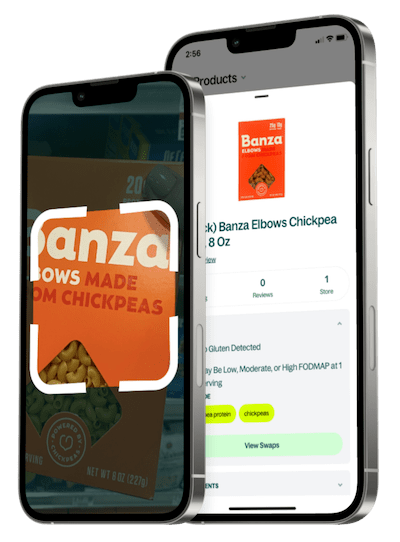Is Lipton Diet Green Tea Citrus Flavor Low FODMAP?

Description
Lightly citrus-forward green tea with a crisp, watery mouthfeel and mild astringency; commonly consumed chilled, over ice, as a quenching beverage during meals or on-the-go, and occasionally mixed into cocktails. Reviewers note refreshing citrus notes and convenience but sometimes report an artificial aftertaste and inconsistent sweetness between batches or packaging.

Description
Lightly citrus-forward green tea with a crisp, watery mouthfeel and mild astringency; commonly consumed chilled, over ice, as a quenching beverage during meals or on-the-go, and occasionally mixed into cocktails. Reviewers note refreshing citrus notes and convenience but sometimes report an artificial aftertaste and inconsistent sweetness between batches or packaging.
Ingredients
Water, Citric Acid, Sodium Polyphosphates (to Protect Flavor), Green Tea, Natural Flavor, Ascorbic Acid (Vitamin C), Phosphoric Acid, Potassium Sorbate (Preserves Freshness), Aspartame, Acesulfame Potassium, Citrus Pectin, Calcium Disodium EDTA (to Protect Flavor).
What is a Low FODMAP diet?
A Low FODMAP diet limits foods high in certain short-chain carbohydrates (FODMAPs) that can be poorly absorbed in the gut. These include specific sugars found in foods like onions, garlic, beans, apples, and wheat. It's commonly followed by people with irritable bowel syndrome (IBS) or other digestive sensitivities to reduce bloating, gas, and discomfort. The diet typically involves an elimination phase, followed by gradual reintroduction to identify personal triggers. When followed carefully, often with a dietitian's guidance, a Low FODMAP diet can help manage symptoms while maintaining a balanced and varied intake of nutrients.
Similar Products
LIPTON, SOUP SECRETS, SOUP MIX WITH REAL CHICKEN FLAVOR BROTH, EXTRA NOODLE, EXTRA NOODLE
LIPTON, SOUP SECRETS, SOUP MIX WITH REAL CHICKEN FLAVOR BROTH, NOODLE SOUP, NOODLE SOUP
12 FLAVOR GUMMI BEARS, CHERRY, STRAWBERRY, MANGO, PINEAPPLE, LEMON, ORANGE, GREEN APPLE, WATERMELON, PINK GRAPEFRUIT, LIME, BLUE RASPBERRY, GRAPE
KeVita Master Brew Kombucha Tea, Pineapple Peach Flavor, Naturally Caffeinated, 15.2 oz Bottle
AriZona Green Tea with Ginseng and Honey - 128 fl oz Jug


